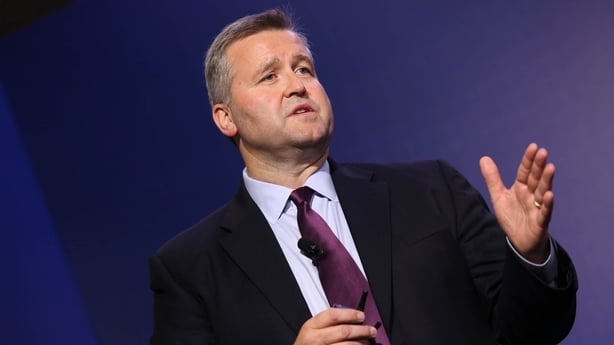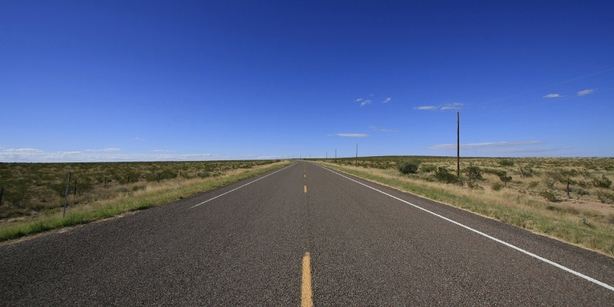LafargeHolcim will gain from massive infrastructure spending in the US, including the planned border wall with Mexico, the world's largest cement maker said today.
The company's chief executive Eric Olsen said the US was on track to become the Swiss company's most important market.
Improving construction there will be boosted by the $1 trillion infrastructure programme announced by President Donald Trump.
"We are very well positioned to serve the infrastructure needs of the US," Olsen told Reuters following the results.
"It is a market where we see some of the highest growth potential in the next couple of years," he added.
He said the US was well below peak demand for cement, which he expected to recover, "and that is before taking into account a commitment to a trillion-dollar investment in infrastructure projects".
The company had 6 million tonnes of spare capacity to take advantage of the upturn, Olsen said, including a new plant in upstate New York which is due to open in the next few weeks.
As well as working on bridges and airports, the company would also be interested in working on Trump's plans to build a border wall with Mexico, the CEO said.
"We will participate in all critical infrastructure projects in the US," Olsen said. "The wall project is an infrastructure project where we would participate."
But the boss of Ireland's biggest company, CRH, told the Irish Independent today that its US businesses will not supply materials for the construction of Trump's planned wall between America and Mexico, because a "situation doesn't arise where that could possibly occur".

CRH CEO Albert Manifold said the company's geographic spread in the US focused on the north-east and midwest.
"We've a broad-based business through the United States - in fact we're present in all 50," he said. "But one area where we do not have any significant presence is in the extreme south of the United States. The materials we supply are local by nature."
He said CRH has "no significant operations anywhere near" areas including southern Texas, New Mexico, Arizona, and southern California - states where the wall would be built.
LafargeHolcim's bullish outlook came as it posted better-than-expected core earnings during its fourth quarter, helping it hit one of its main targets.
Adjusted earnings before interest, tax, depreciation and amortisation (EBITDA) of 1.61 billion Swiss francs ($1.59 billion) beat the average analyst estimate of 1.52 billion francs in a Reuters poll.
The performance meant it met its target of increasing full-year operating EBITDA by at least a high single-digit rate.

In new targets for 2017, the company said it was targeting double-digit growth in the measure, supported by recoveries in key markets like the US, Nigeria and India.
Separately LafargeHolcim said an internal investigation had revealed a plant in Syria provided funding to armed groups in the war-torn country.
The former Lafarge cement plant had engaged in dealings with certain armed groups and with sanctioned parties during 2013 until it was ultimately evacuated in September 2014.
"It appears from the investigation that the local company provided funds to third parties to work out arrangements with a number of these armed groups, including sanctioned parties, in order to maintain operations and ensure safe passage of employees and supplies to and from the plant," it said.
The investigation could not establish with certainty who the ultimate recipients of the funds were, it said, adding: "In hindsight, the measures required to continue operations at the plant were unacceptable," it added.

